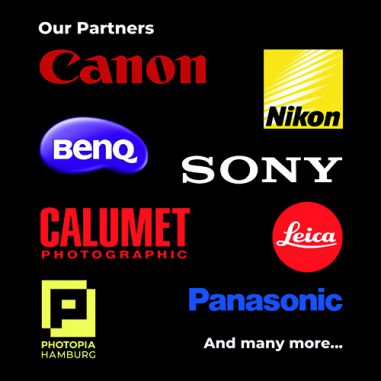“Interchangeable lens cameras will account for one in every four digital cameras shipped this year,” says Arun Gill, Market Analyst at Futuresource Consulting. “That’s up from less than one in every five in 2012 and – of greater significance – for the very first time the segment will account for more than half the total digital camera trade value. Here at Futuresource we expect the interchangeable lens segment to grow 5% in 2013, to reach close to 21 million units shipped.
“Although consumer demand for fixed lens cameras is falling across all regions, the rapid uptake of connected mobile devices such as smartphones and tablets means there are more camera devices in use than ever before. And here’s the interesting part: as consumers’ experience of capturing mobile photos develops, their interest in photography is likely to increase. Now we’re seeing a growing base of photo enthusiasts, especially in less developed countries, who desire a high-end digital camera with advanced features such as larger optical zooms and bigger image sensors. This will provide an opportunity for further growth in higher end camera sales, particularly with interchangeable lenses.”
Following triple-digit volume growth in 2012, demand for mirrorless Compact System Cameras (CSC) has softened in the first half of 2013 and will grow by 6% year-on-year to reach 4.2 million units. According to Futuresource, this relatively weak growth suggests there is a lack of consumer education regarding CSC, and more favourable consumer preference for DSLR cameras. Demand for DSLR cameras has been driven by entry-level models becoming more affordable. While CSC will represent almost half the interchangeable camera market volume in Japan, DSLR remains by far the most popular format globally, with 80% volume share expected for 2013.
Consumer demand for standard compact cameras – typically entry-level units at less than $150 with less than 10x optical zoom – have nose-dived over the past two years as they offer little differentiation and benefit versus a smartphone. However, popularity of higher value segments such as bridge, premium (large sensor), zoom compact and water/shockproof cameras is increasing. These segments accounted for nearly 50% of total European fixed lens shipments in 2012 and are expected to increase their share to nearly 58% in 2013.
The developed markets of Western Europe and the USA accounted for just under 40% of global trade value in 2012, although their share will be impacted by higher demand for interchangeable lens cameras in emerging markets moving forwards. APAC and Latin America represented less than 50% of the market value in 2012 but this will reach almost 60% by 2017.
“While smartphones will limit the opportunity for further growth of fixed lens cameras in emerging markets, limitations of smartphone cameras, combined with the growing middle class population will present an opportunity for interchangeable lens camera growth in these countries and are likely to be a key revenue stream for vendors across the entire forecast period,” said Gill.
The Worldwide Digital Camera Market report from Futuresource Consulting provides a detailed assessment of the sector, with segmentations across 30 regions and countries. It profiles Western and Eastern Europe, Asia Pacific, Latin America and the USA in terms of volume and value shipments, with projections out to 2017, segmented by type of camera including fixed lens, digital single-lens reflex and compact system camera. The 34-page report is accompanied by a detailed Excel spreadsheet which segments key regions by individual countries. More information is available at www.futuresource-consulting.com.





